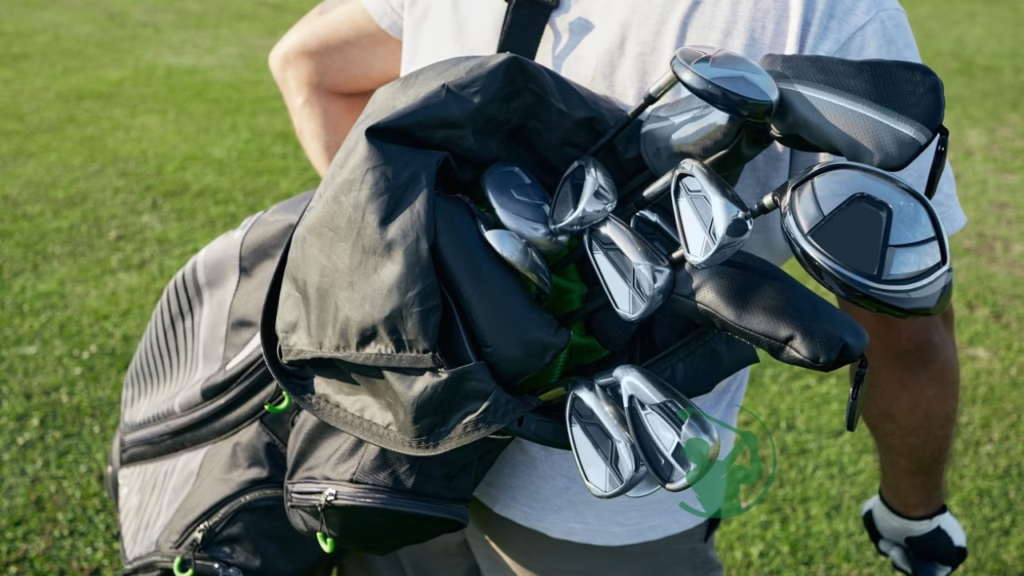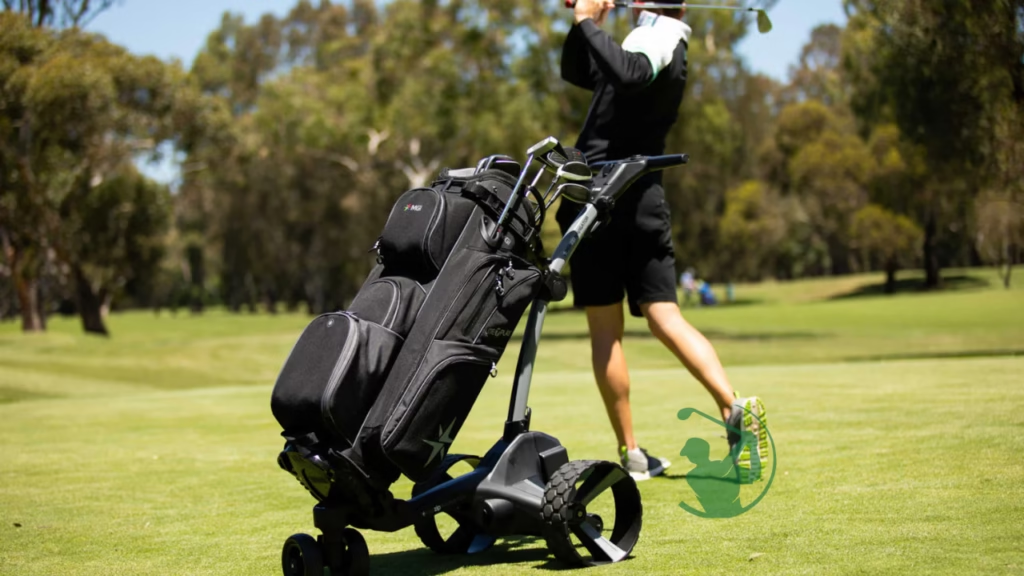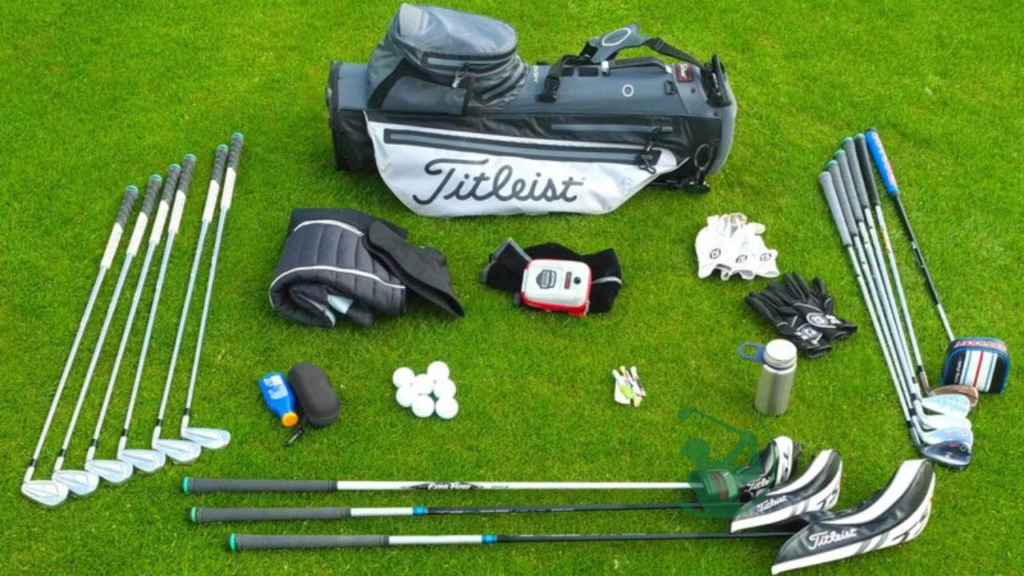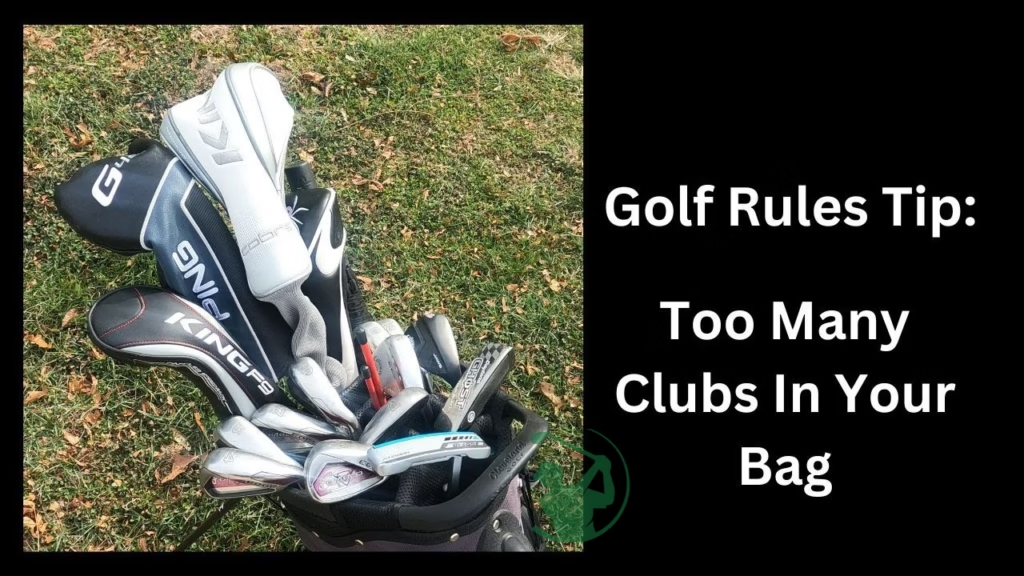How Many Clubs in a Golf Bag?
I’ve spent more time on the golf course over the past 15 years than I’d like to count. From competing in amateur tournaments to guiding weekend golfers, I’ve gained a keen awareness of how the game is played and how it should be played. I’ve been asked many times, especially by beginner and casual players, “How many clubs are you allowed to carry in a best golf bag?” It sounds straightforward, but the answer has layers of strategy, rules, and even personal preference behind it. I’ve studied under incredible instructors, PGA professionals, and USGA guidelines, so you can be sure what I’m telling you is as legit as it gets.
As per the official rules of golf established by the United States Golf Association (USGA) and The R&A, you can only carry no more than 14 clubs in a round. That Rule isn’t merely a guideline; it’s a firm limit. But why 14? And how are you supposed to pick those clubs? That’s where experience ins, insight, and good decisions come in. I’ve gradually adjusted my bag to suit my game and the conditions. Where some golfers are gearheads, I feel a strategic understanding of how many clubs in a golf bag you can carry — and why it matters — will take your play to a higher level than grabbing every shiny new driver or wedge.
So, I’d like to share everything I know about this subject, from the rules and choices that matter most practically to the personal subtleties that dictate which clubs make it into my bag.
How Many Clubs in a Golf Bag: A Crucial Guideline

When I first began playing, I never overthought the number of clubs I carried. I packed what I had and hoped it benefited my game. That was before a local pro suggested I could only take 14 under official rules. Initially, it felt random, but I’ve since realized that this restriction is intended to promote fairness and force golfers to think critically about their gear. The Rule keeps anyone from having an unfair advantage as they could carry specialized clubs for every situation.
I once saw another competitor at a tournament in my early days have to take a two-shot penalty on the first hole because he had 15 clubs in his bag. Not even when it was too late, that moment stuck with me because it reinforced how important it is to know the rules and respect them. If you ask how many clubs in a golf bag are allowable without penalty, the answer is a specific 14. Beyond that, and [you] risk strokes you can’t afford to offer.”
But it doesn’t stop with avoiding penalties. Understanding the Rule makes you more deliberate about your choice. Do you need four wedges? Will you still use a 3-iron and a 5-wood during the same round? The Rule promotes precision in your preparation, and it has refined my game and my discipline.
Choosing the Right Combination: Personal Strategy Matters

Once I managed to come to grips with the fact that I could carry only 14 clubs, the hard part began: Which 14? That’s because how many clubs you can carry in a golf bag is only part of the equation. The more important question is , what clubs help you play better? That meant taking a long, honest look at my course strengths and weaknesses.
In the past, I had a complete set from driver to lob wedge, but I then figured out that I rarely touched my 3-iron and that the 60-degree wedge only got me in trouble, never got me out of it. I began experimenting with combinations. I changed some clubs, monitored my scores, and focused on how often I used a specific club during a round. Over time, I paid for a set of clubs that wasn’t just legal but optimized for my game. It had the necessities of a driver, fairway wood, hybrid, irons, wedges, and a putter. But I also ensured that there were no redundancies.
Even now, I tweak club selection a little bit, depending on what course I’m playing. I may swap a hybrid on windy days for an extra wedge for better short-game control. The key is to be intentional. That said, knowing how many clubs you’re allowed in a golf bag is only relevant if you also know how to make each one earn its keep. Every club should have a purpose—and, in an ideal world, a specific gap your set needs to fill in terms of distance or shot type.
Rules and Penalties: What Happens If You Break the Limit?

If you’re new to golf, or you’ve played a few rounds here and there for years, you may not realize that carrying more than 14 clubs isn’t just frowned upon — it’s a penalty. According to USGA Rule 4.1b, stiffs for carrying too many clubs are two strokes for each hole, with a maximum of four strokes per round. In match play, you forfeit a hole for each infraction, for a maximum of two holes.
I witnessed this Rule applied in a club championship once, and the face of the golfer who didn’t realize he had been penalized was gut-wrenching. He had just winged away his shot at the trophy because he didn’t take out an extra wedge. That moment was a reminder that knowing how many clubs in a golf bag you can carry isn’t trivia; it makes the difference between a great round and the kind of round that can lose you friends. It’s one of the few mistakes I’ve never made and one I hope you never make .
If you mistakenly set out for a round with more than 14 clubs, the rules permit you to declare the excess club out of play at once to eliminate any additional penalties. But you can’t swap in another club mid-round. And that is another important point: your set is locked in once you start your round. That’s why I check my bag every time I tee. It takes 30 seconds, but it might save me strokes — and hassle.
Customizing for Conditions: Adapting Without Exceeding the Limit

One of the more complex areas of understanding how many clubs you’re allowed in a golf bag is knowing how to adjust your setup based on course conditions. I’ve teed it up on everything from soggy, rainy fairways in Scotland to bone-dry desert layouts in Arizona. For each, I had to re-evaluate what kinds of clubs would be most utilitarian.
In the wet, where the ball doesn’t roll as much, I seem to come to rely on higher-lofted wedges and possibly even an extra hybrid to aid carrying distance. On challenging, dry courses where a lot of roll is guaranteed, I tend to favor lower-lofted clubs that can flatter my lowball flight. But no matter how many adjustments I make, I never have more than 14 clubs. Instead, I shuffle them in and out before the round, depending on what I anticipate from the course and the weather.
This type of adaptability is where seasoned golfers set themselves apart from the pack. The question is not how many clubs in a golf bag you could use in theory; it’s which ones will give you the edge that day. I’ve found that the best club configurations are adaptive, not static. They change based on your skill, the course layout, and your confidence level that week. The 14-club Rule compels you to form intelligent, measured choices, and I have learned to gratefully embrace that as I aged.
My Go-To Club Setup and Why It Works for Me

One of the most common questions is: What clubs do I carry, and why? Although there’s no “right” answer for everyone, I’ve found a setup that feels just right for my swing and style of play. Naturally, there’s a maximum of 14 clubs in a golf bag, so I make every single one count. I have a driver, 3-wood, 4-hybrid, 5-9 iron, pitching wedge, gap wedge, sand wedge, lob wedge, and putter.
What works for me in this setup is balance. I don’t have substantial distance gaps, and all the clubs have a purpose. I hit 3-wood off the deck occasionally, but I like it for tight tee shots. On the rough or longer par threes, the hybrid trusts me. I realized I saved most of my strokes around the green, so carrying four wedges gave me more options.
It’s been years of adjustments to arrive at this combination, and I still reassess it regularly. However, my passion for honoring the 14-club Rule hasn’t changed. Knowing how many clubs I am allowed in a golf bag keeps me focused, disciplined, and consistent. More broadly, it’s a mind check that savvy planning often prevails over firepower or fancy kit. It’s about using what you have to your advantage.
Final Thoughts: Why This Rule Helps, Not Hurts

Over the first decade of my golf life, I saw the 14-club limit as a drag. I figured, “What’s wrong with carrying an extra club or two in case you need it?” But now I have a completely different perspective on it. Learning how many clubs I’m allowed to have in a golf bag has taught me more about strategy, adaptability, and discipline than any swing tip or training aid ever could.
This edict has turned me into a more considered golfer. It’s made me aware of my distances, tendencies, and weaknesses. It’s [battery] helped me focus on practicing with the clubs that work toward the score. And most important, it has kept the game fair — whether I’m playing a casual round of golf with friends or competing in a local qualifier. 3942417 Trust me, there is something satisfying about walking up to the tee box with a perfectly curated set of 14 clubs. It’s like you’re getting out onto the course for a reason.
So the next time you feel tempted to take that extra wedge or to try hitting a rarely-used long iron, step back and ask yourself: Are you willing to break the rules? For me, the answer is never yes. Because once you know how many clubs in a golf bag you’re allowed — and understand why that number exists — you’ll realize that the actual value isn’t in expanding options but in making better, more confident decisions, not a new load of gear at your disposal.
FAQ: How Many Clubs are in Golf Bags? All Your Questions Answered
Q. Why can’t I carry as many golf clubs in a bag as I want?
Good question — and one I asked myself in the beginning. The 14-club limit is meant to keep the game honest and strategic. If you let golfers carry as many clubs as possible, they could use super-specific equipment for every shot, which would rob the skill and creativity that golf requires. The rule makes us selective and thoughtful, and frankly, I’ve grown to love it as central to what makes the game so rewarding.
Q. What if I accidentally exceed 14 clubs?
Trust me, this bungle is more widespread than you might realize. If it does occur, and you discover so during the round, you’ll be penalized — two strokes for each hole played with too many clubs (with a limit of four strokes). In match play, you are allowed to lose two holes. If you catch it early, announce the extra club out of play immediately and move on. I precisely count my clubs before the first tee , so this doesn’t happen.
Q. May I have fewer than 14 clubs in my bag?
Definitely, and I’ve done it many times. Although the rule does specify how many clubs you can carry in a golf bag (14), it does not set a minimum. Some players bring only 10 or 11 to ease their decision-making. I tote a full 14, as I’ve customized each one to fulfill a specific niche, but does a more streamlined setup make sense for your game, as pulling that cap is nine yards less to carry?
Q. Are you allowed to share clubs with another golfer in a round?
No, it’s not. Each golfer must use only their own set of clubs. Bringing clubs that are not your own directly violates the rules, no matter how casually. When I was starting, I once gave a buddy a try with my putter during the round — I didn’t know that was against the rules. Fortunately, it wasn’t a tournament, but I never made that mistake again. Segregate your clubs—and scorecard.






